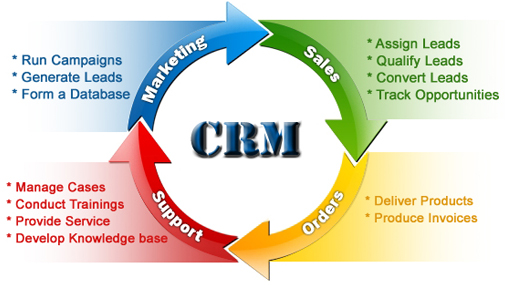
What is Option Trading – Option trading is a popular financial strategy used by investors to manage risk, generate income, or speculate on the movement of a stock or other financial instrument. While it may sound complex at first, understanding the basics of option trading can open up new possibilities for your investment portfolio.
In this guide, we’ll explore what option trading is, how it works, its different types, and why investors use it.
Understanding the Basics of Option Trading
Option trading involves buying and selling options contracts on the stock market. An option gives you the right, but not the obligation, to buy or sell an underlying asset at a specified price before a certain date.
There are two main types of options:
-
Call Options: Gives the holder the right to buy the asset.
-
Put Options: Gives the holder the right to sell the asset.
Options are typically used for stocks, but they can also apply to indexes, ETFs, or commodities.
How Options Work in Practice
Let’s say you believe a stock currently priced at $100 will go up in value. You might buy a call option that allows you to buy it at $105 within the next month. If the stock price rises to $120, you can still buy it at $105, profiting from the difference.
If the stock stays below $105, you’re not obligated to buy it. Your only loss is the premium (the cost you paid for the option).
Why Do People Trade Options?
There are several reasons why investors choose to trade options instead of buying or selling the actual stocks:
1. Hedging Against Risk
Options can be used as a risk management tool. For instance, if you own a stock but fear a short-term drop, you can buy a put option to protect yourself. If the stock drops, the gain from the put option can offset the losses.
2. Speculating on Market Movements
Options allow traders to speculate with less capital than buying stocks outright. They can potentially profit from price increases, decreases, or even if the stock stays relatively flat — depending on the strategy used.
3. Generating Extra Income
Some investors use strategies like covered calls to earn income. This involves holding a stock and selling call options against it, collecting the premium whether or not the option is exercised.
Pros and Cons of Option Trading
Pros:
-
Leverage: Control a large amount of stock with less capital.
-
Flexibility: Many strategies to fit different market conditions.
-
Defined risk: You can set the maximum loss.
Cons:
-
Complexity: Options have more variables than regular stocks.
-
Time sensitivity: Options lose value over time, known as time decay.
-
Potential for loss: High rewards often come with high risk.
Final Thoughts
Option trading is a powerful tool for investors looking to enhance their portfolio strategies. Whether you’re seeking to hedge your investments, generate additional income, or speculate on price movements, options offer a flexible and potentially profitable way to trade in the markets.
However, it’s important to educate yourself and possibly start with a simulated trading account before diving into real trades. Understanding the risks and mechanics is key to becoming a successful options trader.
What is Option Trading – If you’re new to trading, consider talking to a financial advisor or taking an options trading course to build your confidence and skill.





